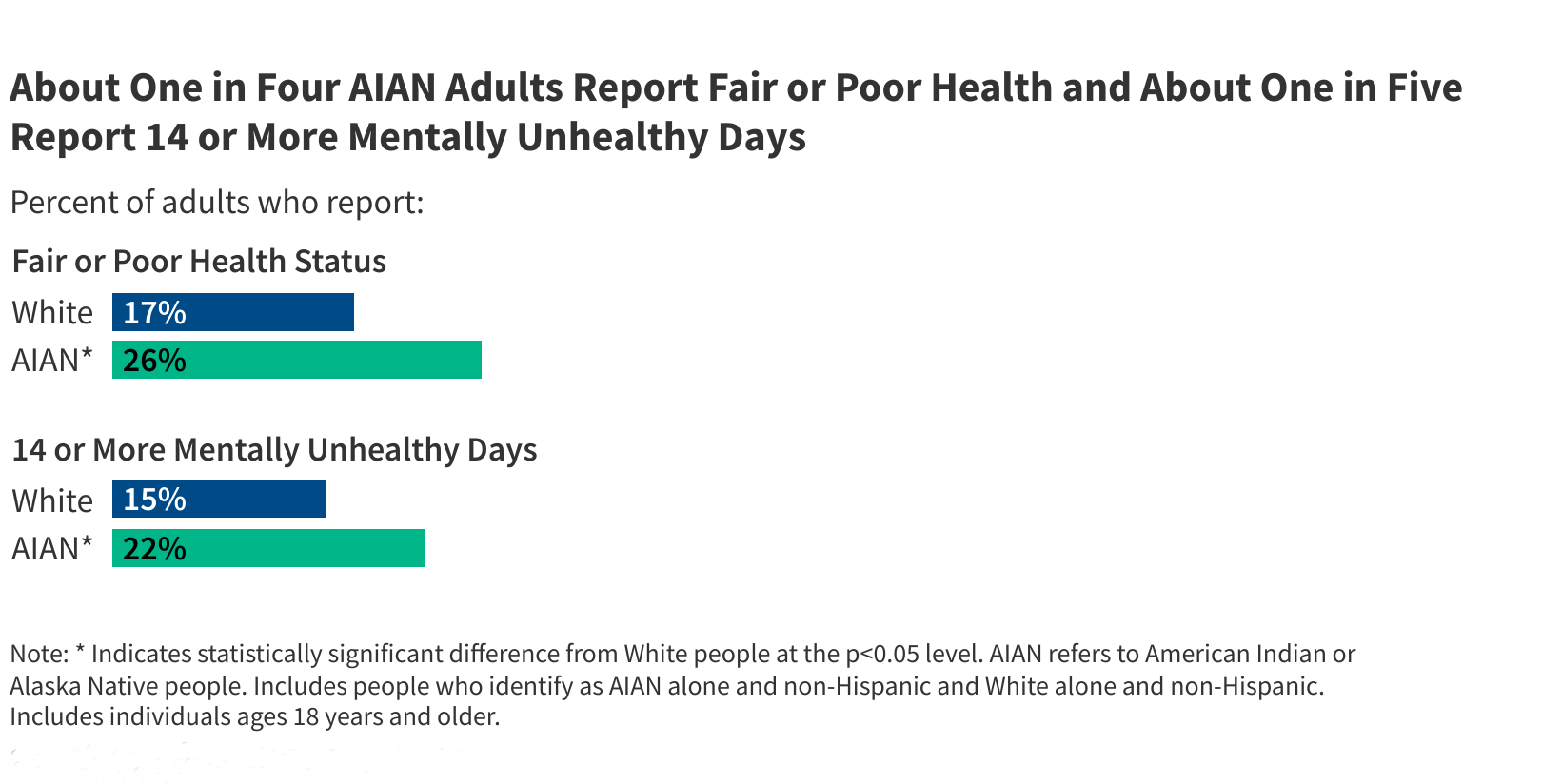The year – another interesting 12 months with the election, slowing inflation, a relatively healthy economy, and also continued uncertainty – is already coming to a close. It’s time to make sure you are set up for a better future. Use this list of year-end tax planning tips for 2024 and beyond to help you save money and grow wealth.
No matter what the future holds, below are 12 key end-of-year tax strategies to help you keep more of your own money.
YEAR-END TAX ADVICE #1: Strategize Roth Conversions Before the End of This Year
A Roth conversion is when you take money from a traditional retirement savings account and convert it to a Roth account.
Use the Roth Conversion Explorer in the Boldin Planner to understand the tax implications of doing a Roth conversion in 2024. Try different conversion goals – highest estate value, tax bracket limit, lowest lifetime tax liability, or up to an IRMAA limit. Come up with a conversion strategy for 2024 that looks forward to lifelong wealth.
You can also use the 2024 Roth Conversion Calculator. This stand alone tool helps you compare estimated taxes when you do nothing, convert up to a specific threshold, or convert a custom amount.
#2: Make Moves Now that Benefit You in the Future
You’ll want to prep your taxes carefully this year. However, you should also plan for the future! Why? There are actually two key reasons:
- Inaccurate future tax planning can result in a rather large error in your projections for retirement security.
- Fore thought can help you retain much more of your hard earned money
The Boldin Retirement Planner enables you to see your potential tax burden in all future years and get ideas for minimizing this expense. It takes forethought, but Roth conversions, taxable income shifts, and other strategies can result in significant lifetime savings.
Example: Strategize future Roth conversions
By transferring some of the money from your traditional IRA into a Roth IRA, you not only turn the money you moved into nontaxable income in retirement, but it also helps to reduce your RMDs by lowering the balances in your traditional IRAs.
However, there’s one big catch: when you do a Roth conversion, you have to pay taxes that year on the money you moved to the Roth account. If you have a huge balance to convert, you may not be able to afford to do it all in a single year.
On the other hand, splitting the conversion out over five or ten years would reduce your annual and total tax bill for the converted money.
TRY IT OUT: Are you curious about how a Roth conversion will impact your finances? Try out the Roth Conversion Explorer, part of PlannerPlus. You can try different conversion optimizations to identify future conversion strategies to meet your financial goals.
You can also model any Roth Conversion in the Boldin Retirement Planner. Log in and go to the “Savings and Assets” page in My Plan.
- Simulate the conversion
- Then, look closely at your tax estimates, cash flow, and net worth at different points in time to assess whether this might be a good move for you or not
Learn more about Roth conversions and consider how possible future tax increases should impact your conversion strategy. (HINT: You want to convert when you are paying less in taxes.) Or, learn about all of the Roth conversion functionality that is part of the Boldin Retirement Planner.
#3: Reduce Taxable Income
The most basic and powerful way to cut your taxes is to cut your taxable income. You can do this in a number of ways: find sources of nontaxable income, use deductions to remove income from your taxable total, and grab any tax credits you qualify for.
Here are a few specific examples.
Try tax loss harvesting
If you sell investments that aren’t tucked away in a tax-advantaged or tax-deferred retirement account, you’ll have to pay capital gains taxes on the profits you made from those investments. However, if you sold any investments at a loss in your taxable accounts during the same year, you can wipe out those gains for tax purposes and avoid paying the related taxes.
This approach is known as tax-loss harvesting, and it could be especially useful in 2024 if you sold any assets during any of the stock market dips.
Consider bundling medical and charitable deductions into certain years
Because the threshold for deductions on medical expenses and charitable donations is higher, you may want to consider bundling those expenses into certain years and only claiming them every two or three years.
For example:
Max Out Medical Expenses: By grouping as many non-emergency medical expenses as possible in a single year, you can maximize the deduction you get for those expenses. In 2024 you can only deduct expenses that exceed 7.5% of your adjusted gross income.
If you’ve already had some significant healthcare expenses for the year, see if you can move medical expenses that you’d normally take next year to the end of this one. For example, if you have a dentist appointment in January, move it to mid-December instead.
Long Term Care Insurance: If you recently purchased long term care insurance, you may be able to deduct the premiums. The older you are, the more you can deduct. According to the American Association for Long Term Care Insurance, in 2024, the deductions range from:
- $470 for someone 40 years or less
- $880 for people older than 40 and younger than 50
- $1,760 for those 50-60
- $4,710 for those between 60 and 70
- $5,880 for someone over 70
Charitable Donations: Instead of making annual charitable gifts, give 2, 3, or even 5 years’ worth of donations in a single year, then take a few years off.
Focusing all of your donations in a single year increases the value of deductions beyond the threshold for a single year, and then you can take the larger standard deduction in the “skip” years.
A donor-advised fund may be an option if you are bundling charitable expenses.
Donor-Advised Fund (DAF) definition: A donor-advised fund is a private fund administered by a third party and created for the purpose of managing charitable donations on behalf of an organization, family, or individual.
According to Fidelity, “A DAF may allow for tax-deductible contributions of cash or appreciated assets in a given year, but then control the timing of the distributions to charity in future years.”
Still Working? Max Out Your Tax-Advantaged Savings!
The 2024 contribution limits are:
- $23,000 for elective-deferral contributions to 401ks, 403bs, 457s as well as Thrift Savings Plans. And, if you are 50 or older, the catch-up contribution is an additional $7,500. So, you can save a total of $30,500!
- $7,000 for traditional and Roth IRAs. And the catch-up contribution for people 50 or older is $1,000. So, you can save up to $8,000 with tax advantages.
And, remember that you can max out both kinds of savings vehicles. Use the Boldin Retirement Planner to see the impact of maxing out your savings!
If You Are Working, Defer Income
Depending on your future work prospects, you may want to push some of your income — like a bonus — out till next year.
The Boldin Retirement Planner gives you insight into future income and tax brackets and can probably help you make this decision for future years.
YEAR-END TAX ADVICE #4: Beware of the AMT
The Alternative Minimum Tax (AMT) is figured separately from your regular tax liability. There are different rules and you have to pay whichever tax amount is higher. It was designed to make sure that wealthy people were not getting too big of a break with deductions, but it can also impact the middle class.
Accelerating tax deductions can trigger the AMT.
#5: Don’t Forget Your RMDs
Required Minimum Distributions (RMDs) are minimum amounts that IRA and retirement plan account owners generally must withdraw annually starting with the year they reach age 72. (Or, 73 if you reach age 72 after Dec. 31, 2022 or 75 after 2033).
A report by the Treasury’s Inspector General estimated that more than 250,000 individuals failed to take RMDs in an earlier year. That is a costly mistake.
The penalty for missing your RMD is a whopping 50% of what you should have taken out.
How to Calculate Your RMD: The Boldin Retirement Planner automatically accounts for RMDs for all of your wealth projections. Starting at your RMD age, the calculator estimates RMDs based on IRS Publication 590-B.
Year-End Tax Advice #6: In a Low Tax Bracket? Pick Up Capital Gains
Tax loss harvesting is good if you have sold stocks that have lost money. However, if you somehow eked out gains, now could be a good time to sell stocks that have appreciated significantly in value.
This can be a particularly good strategy if you are in the 10% and 12% tax brackets since your capital gains tax may be zero.
If you sell, you can then repurchase your positions, which resets the basis and minimizes the amount of tax to be paid on future gains.
Even if you’re not in one of the lowest tax brackets, you may still want to sell winning stocks to reset the basis if you’re also harvesting losses.
#7: Pay Attention to the Medicare Surtax and Net Investment Income Tax for High Earners
There are two types of Medicare tax that could be affected by your income level.
The additional Medicare tax
This tax is on any income (wages, compensation, or self-employment income) that exceeds the threshold amount for your filing status. According to the IRS, “The 0.9% Additional Medicare Tax applies to individuals’ wages, compensation and self-employment income over certain thresholds, but it does not apply to income items included in Net Investment Income.”
The income thresholds for the Additional Medicare (and NIIT) Tax are:
- $200,000 for single or head of household filers
- $250,000 for married couples filing jointly
However, the additional .9% tax only applies to the income above the threshold limit. (So, if you earn $250,000, the first $200,000 is subject to the regular Medicare tax of 1.45% but you will pay an additional .9% on $50,000.)
Employers are responsible for withholding the Additional Medicare Tax from wages it pays in excess of $200,000 in a calendar year, without regard to your filing status or wages paid by another employer.
The Net Investment Income Tax (NIIT)
The Net Investment Tax on the other hand, is a 3.8% tax on investments if your income exceeds the same thresholds as the Additional Medicare Tax (given above). These are the types of investments subject to the tax:
- Interest, dividends, and other gains on stocks, bonds, and mutual funds.
- Capital gain distributions from mutual funds.
- Gains from real estate in the form of rent or sales
- Royalties
According to the IRS, “If you are an individual who is exempt from Medicare taxes, you still may be subject to the Net Investment Income Tax if you have Net Investment Income and also have modified adjusted gross income over the applicable thresholds.” This is particularly relevant for people who have RMDs on tax-advantaged retirement accounts.
NOTE: The Boldin Retirement Planner factors in these additional costs, when applicable. If you don’t want to be subject to an additional 3.8% tax on your investment income, it may be worth keeping your income levels below the Medicare and NIIT tax thresholds.
Check your taxable income in the Boldin Retirement Planner’s Tax Insights.
YEAR-END TAX ADVICE #8: 65 or Older? Know that You Have a Higher Standard Deduction
If you take the standard deduction instead of itemizing, your standard deduction is higher if you are over 65. (The Planner factors this into federal income tax estimates.)
For the 2024 tax year, the standard deductions are:
- Single,
- Head of Household,
- Married Filing Jointly,
NOTE: Single people over age 65 may claim an additional standard deduction of $1,950 or $1,550 for joint filers.
YEAR-END TAX ADVICE #9: Know How Your Social Security Benefits Are Taxed
Social Security benefits are taxed only if your income exceeds a certain threshold.
Federal Taxes: Income for federal taxes is defined as up to 85% of your Social Security benefits (depending on your income), plus all other taxable income and some nontaxable income including municipal bond interest.
State Taxes: You also need to know your state’s rules on taxing Social Security benefits if you live in one of the 13 states that do.
Check out the Boldin Tax Insights to see your projected future tax burden.
YEAR-END TAX ADVICE #10: Thinking of Relocating in 2024? Consider the Best States to Retire in for Taxes!
Most of the wisdom shared above is most relevant to federal taxes. However, state taxes can take a big bite out of your retirement nest egg as well.
If you are considering relocating for retirement, you might as well look at states that have the most favorable tax rates for retirees. You can try modeling the relocation as a scenario in the Boldin Retirement Planner and compare the estimated tax differences.
YEAR-END TAX ADVICE #11: 529 Plans
529 plans provide federal tax-free growth and tax-free withdrawals for education expenses. Additionally, there may be state tax credits or deductions for your contributions to these plans.
However, consider carefully about when to tap this resource. Allowing the money to grow in the tax-deferred account produces greater tax savings rather than withdrawing it now.
YEAR-END TAX ADVICE #12: Consider Getting Professional Help
When you’ve got a lot of financial balls in the air, your tax return can get remarkably complicated. This is especially true if it’s the first year you’re taking a required minimum distribution. In that case, strongly consider getting a tax pro (a CPA or enrolled agent, not an uncertified tax preparer) to do your return for you.
A CERTIFIED FINANCIAL PLANNER is another great resource for year-end tax advice (and proactive tax planning)! Look for one that specializes in retirement planning. Boldin Advisors are a low-cost option that uses the power of technology to deliver better advice.
FREE Discovery Session: Interested in learning more about financial advice? Learn more here. Or, book a FREE Discovery Session with a CERTIFIED FINANCIAL PLANNER to talk about your needs and what you can do to be wealthier and more secure.
Publisher: Source link










